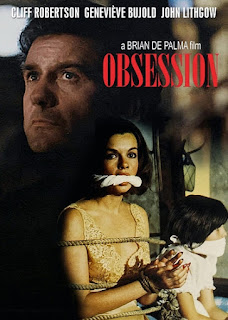 He is still a young director so his catalogue of films and shows he has directed in not that extensive but he has managed to show in a short space of time what an incredible director he is. After a series of short films he got into TV in 1996 and that was with sci-fi comedy which was recieved well by critics and was a success.
He is still a young director so his catalogue of films and shows he has directed in not that extensive but he has managed to show in a short space of time what an incredible director he is. After a series of short films he got into TV in 1996 and that was with sci-fi comedy which was recieved well by critics and was a success. Joh Fawcett's best received work has generally been in the Drama/Horror genre and he was known for directing "Ginger Snaps" "The Dark (2005)" and "The Boys Club". Whilst at the time of writing I have not watched these films I have read into them and they are interesting because 2/3 are with women lead actors. I like this as it shows John does not feel he has to stay with the standard stereotypes and possibly the safer option of having a male lead, he went for something different which seems to benefit his work.
Joh Fawcett's best received work has generally been in the Drama/Horror genre and he was known for directing "Ginger Snaps" "The Dark (2005)" and "The Boys Club". Whilst at the time of writing I have not watched these films I have read into them and they are interesting because 2/3 are with women lead actors. I like this as it shows John does not feel he has to stay with the standard stereotypes and possibly the safer option of having a male lead, he went for something different which seems to benefit his work. His big break however was on Orphan Black, a show made by BBC America. I personally had watched this show for years of a friends recommendation and I have loved it ever since.
His big break however was on Orphan Black, a show made by BBC America. I personally had watched this show for years of a friends recommendation and I have loved it ever since.Once again it has a female lead actor in Tatiana Maslany. Whilst I know he has not directed all of Orphan Black episodes, John has made the most out of any single director so I feel the series bares his style more that most others. He does an incredible job of building and squashing suspense meaning you are never sure what's going to happen next. This means the viewer is always on the edge of their seat.
After reading an interview with John Fawcett, he revealed that horror films are what drawed him to film making in the first place. And whilst Orphan Black is not particularly a horror show it does bare many traits of one. I will continue to research John, and hopefully get round to watching his other shows and films very soon. However from a quick search it may be hard to see all of them.





